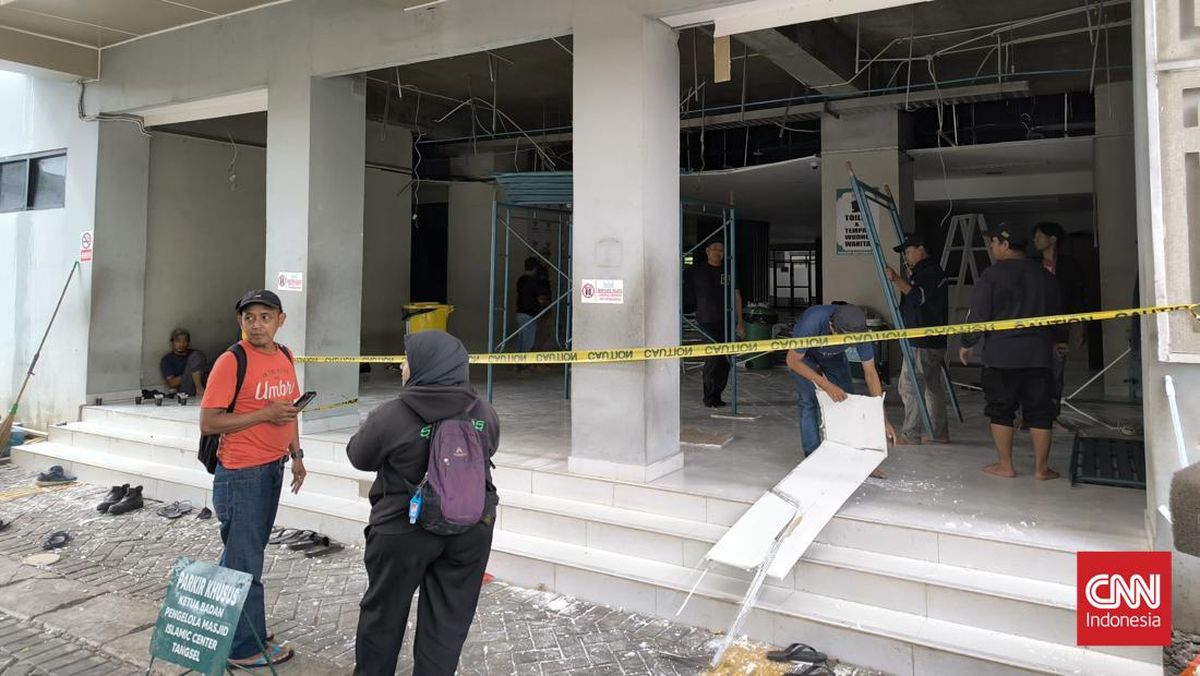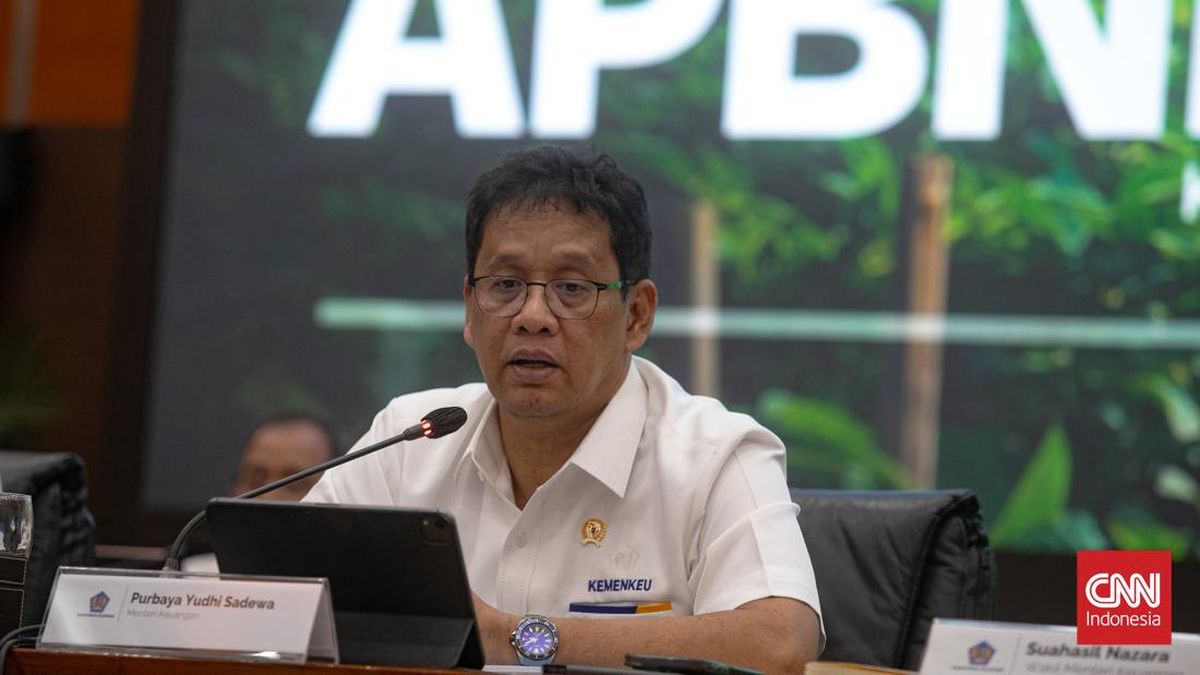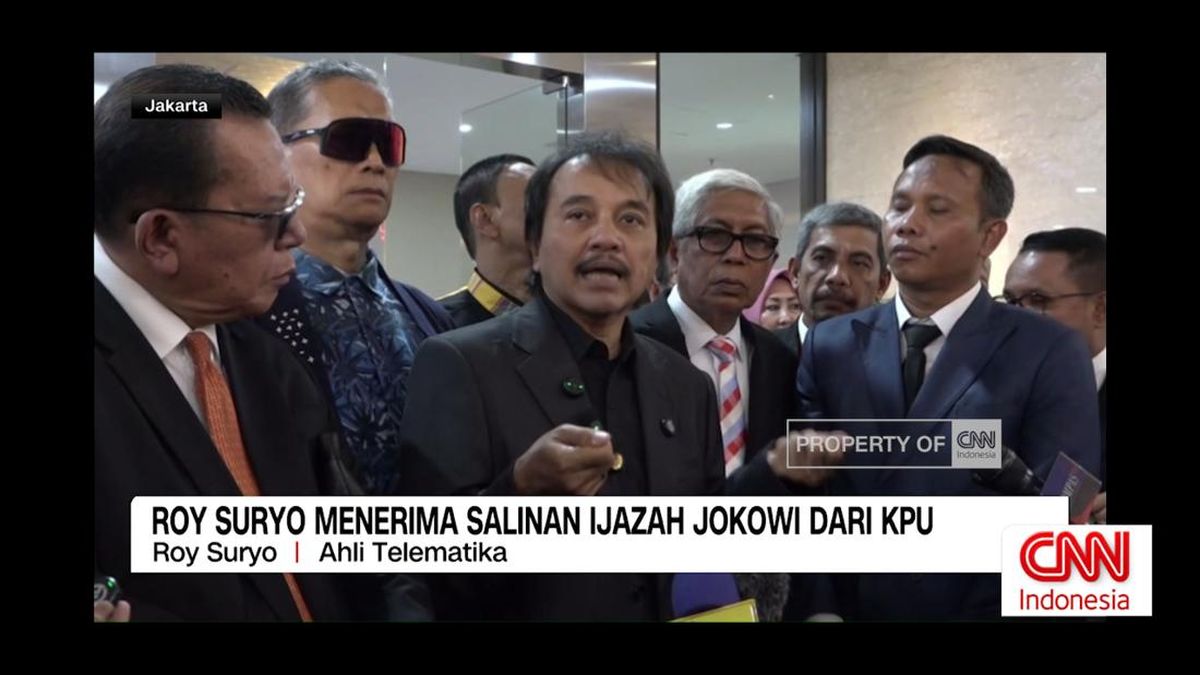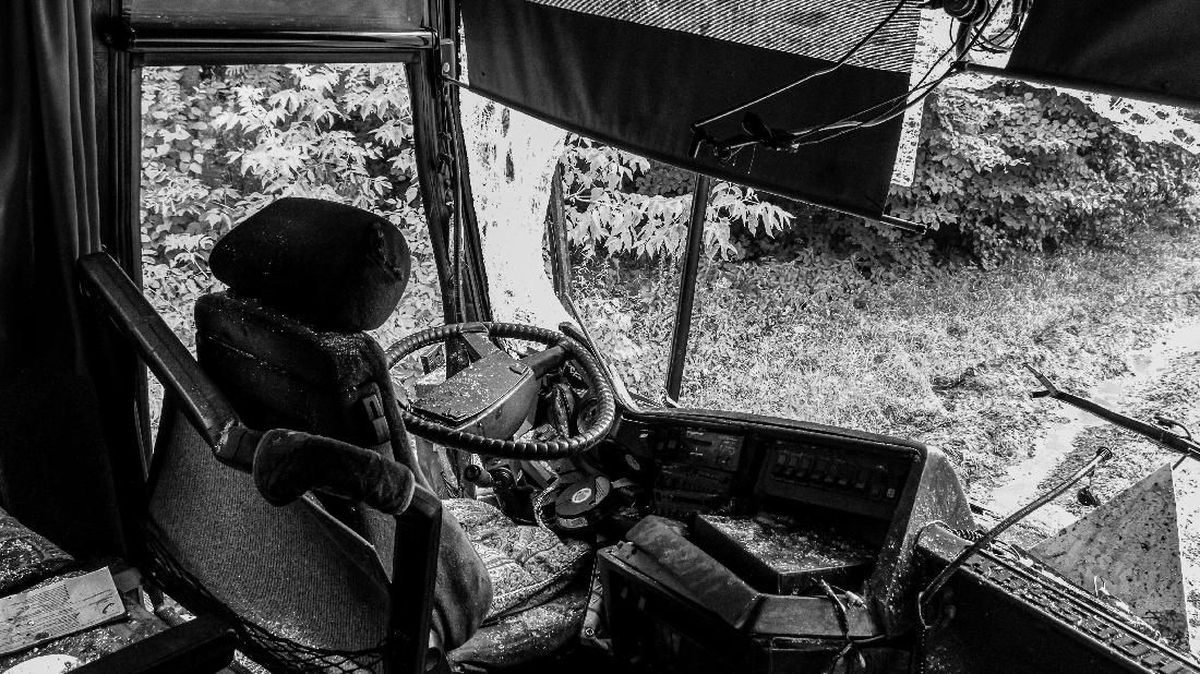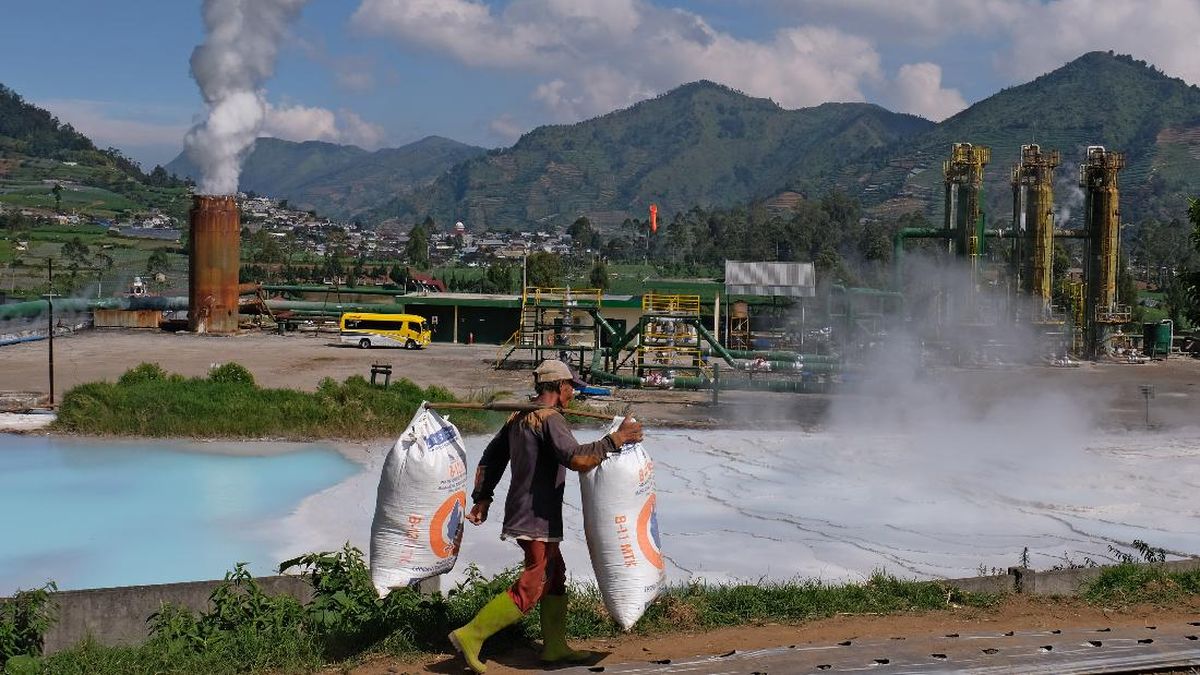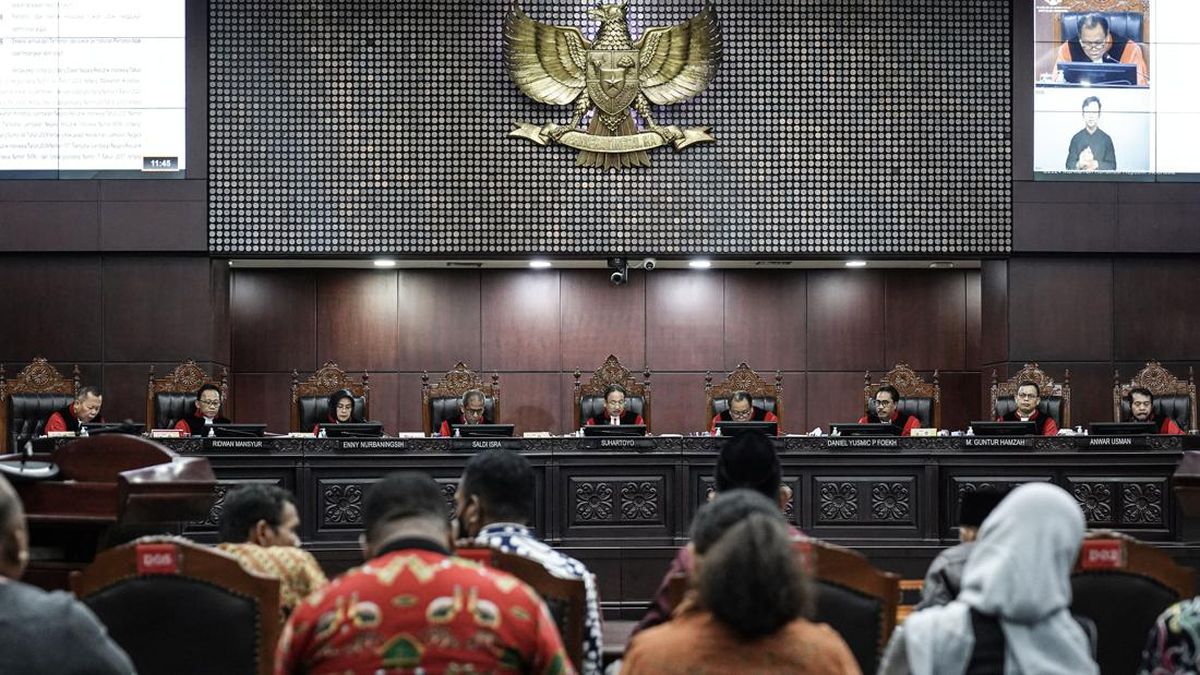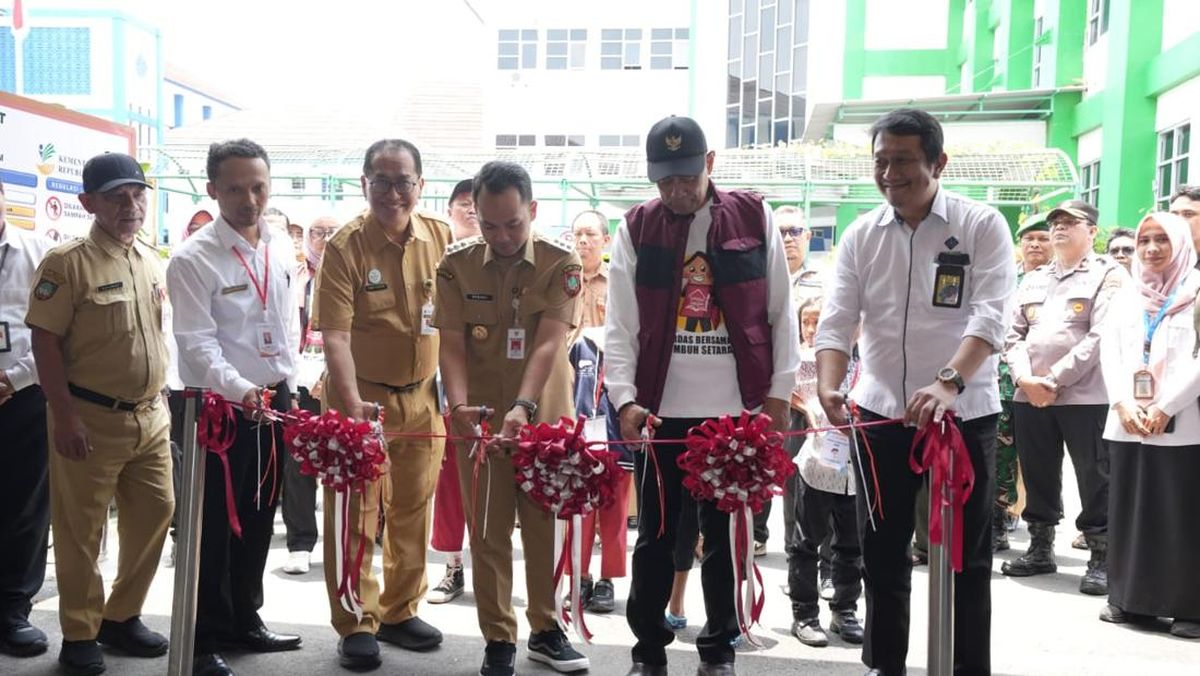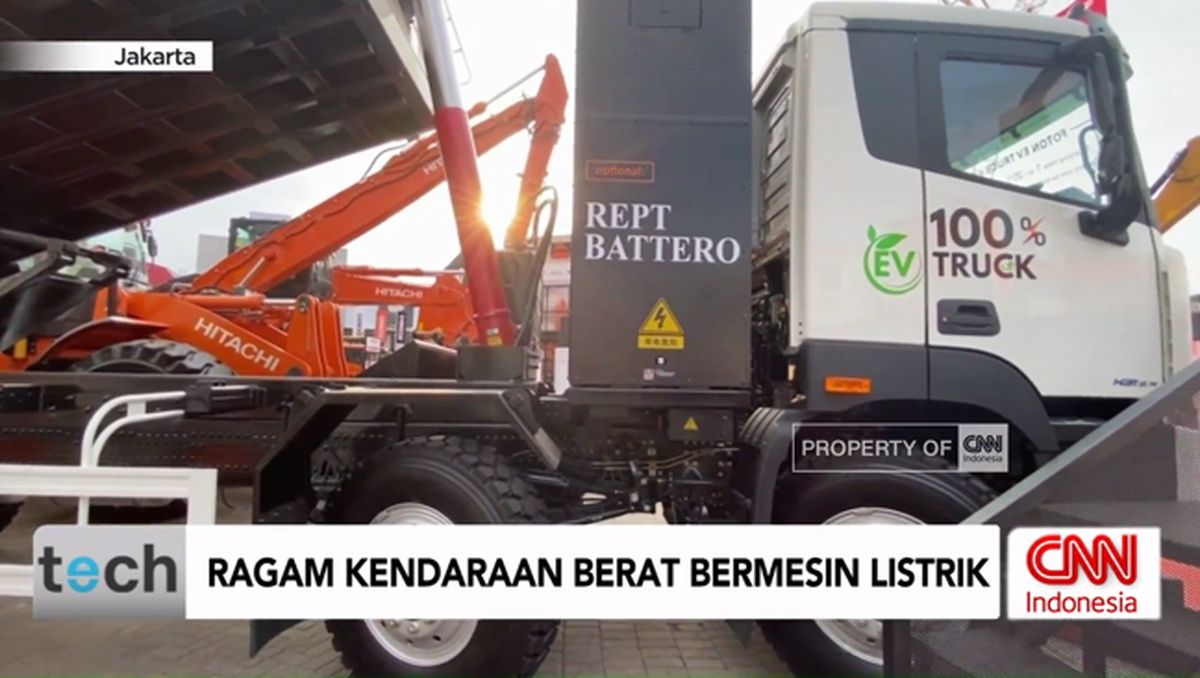A new deep-space antenna was launched in WA this weekend, expanding capabilities to communicate with spacecraft across the solar system.
The European Space Agency (ESA) has incorporated the new 35-metre antenna at its New Norcia station to help meet increasing data download needs.

European Space Agency’s New Norcia 3 deep space antenna an hour north of Perth.
“This strategic investment reinforces ESA’s deep-space communication capabilities and maximises the return of our missions’ most valuable asset: data delivered from spacecraft voyaging far from Earth,” Director General of ESA Josef Aschbacher said.
“New and exciting opportunities between the European and Australian space sectors are opening up with Australia announcing this week a mandate to begin negotiations on a cooperative agreement with ESA.”
When the new deep space antenna enters service in 2026, it will support ESA’s current flagship missions flown as part of the agency’s scientific, exploration and space safety fleets.
‘New Norcia 3’ will improve communication with scientific, exploration and space safety missions across the Solar System and is the fourth antenna for Estrack, ESA’s deep space tracking network.
The new antenna will also improve efforts towards international collaboration, supporting other space agencies such as NASA, Japan’s JAXA, and India’s ISRO as well as commercial space missions, boosting science return and operational efficiency for all parties involved.
ESA’s fourth deep space antenna, the second one on the site at New Norcia, is the most technologically sophisticated antenna to date. It incorporates advanced deep space communication capabilities, including components cryogenically cooled to around -263°C, near absolute zero.
This sensitivity allows it to detect extremely weak signals from distant spacecraft and to maximise data return.
Opened in 2003, ESA’s Estrack station at New Norcia, Western Australia, demonstrates ESA’s strong engagement in the Asia-Pacific region and especially Australia, part of the long-term cooperation between ESA and Australia in the space domain.
It enables significant economic, technological and scientific benefits for both partners, and will pave the way for further collaboration in areas such as communications, space safety and mission operations.

The new antenna will improve communication with spacecraft in the solar system.
“Australia is well known as a trusted, experienced and capable operator in deep-space communications,” Enrico Palermo, Head of the Australian Space Agency, ASA said.
“This investment by ESA and the Australian Government will unlock millions of dollars in local economic value as well as employment over the projected lifetime of 50 years.
“It’s another chapter in the story of Australian and European partnership in space, which we will grow further as we begin to negotiate a new Cooperation Agreement between Australia and ESA.”
The new antenna has an estimated construction cost of 62.3 million euros, covering antenna procurement and construction as well as upgrades to station buildings and services, with a contribution of 3 million euros from the Australian Space Agency allocated to the evolution of the New Norcia Station.
Construction was led by European industry, with Thales Alenia Space (France) and Schwartz Hautmont Construcciones Metálicas (Spain) as co-prime contractors. A significant portion of the budget was spent in Australia with the involvement of several Australian companies including TIAM Solutions, Thales Australia, Fredon and Westforce Construction.
“This new deep-space antenna is a cornerstone for European and Australian space industries,” Hervé Derrey, CEO of Thales Alenia Space said.
“Its inauguration demonstrates our capacity to build strategic, world-class space infrastructure anywhere. It required implementing advanced technologies and shows we are able to deliver the mission operations infrastructure that enables European scientists to go where they wish to explore.”
Most Viewed in National
Loading

